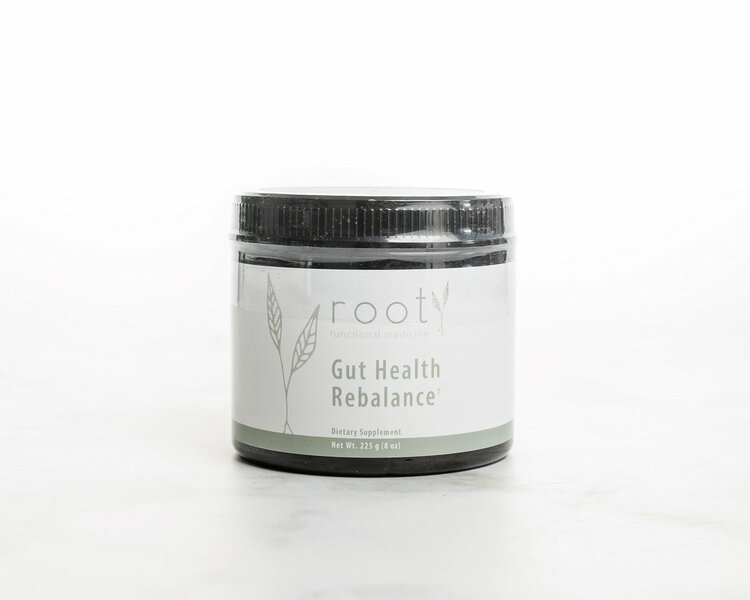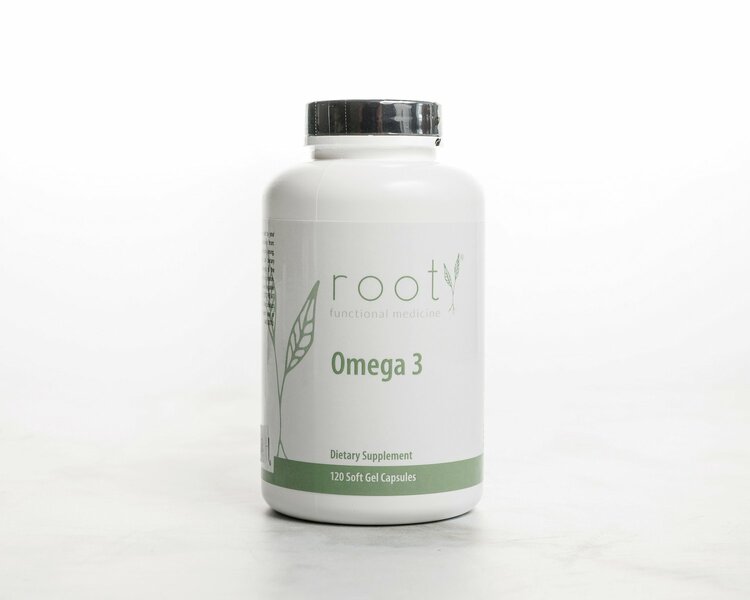
Joint Pain After Eating
Is there a correlation between eating certain foods and joint pain? Perhaps that extra glass of red wine triggers discomfort in your wrists, or too many tortilla chips leave your knees throbbing. Your body can react differently to various foods, and joint pain after eating may indicate a deeper rooted health problem.
In this article, we’ll discuss joint pain after eating, exploring common causes and offering tips to alleviate discomfort.
Common causes of joint pain
While joint pain can occur due to a variety of reasons, here are a few common causes of joint pain that may be triggered after eating certain foods:
- Rheumatoid Arthritis: an autoimmune disorder where the immune system mistakenly attacks the joints.
- Lupus: another autoimmune disease that can affect joints, skin, kidneys, and other organs.
- Osteoarthritis: caused by the wear and tear of joint cartilage, often associated with aging.
- Fibromyalgia: a chronic condition causing widespread pain and tenderness in muscles, ligaments, and tendons.
- Gout: a condition characterized by excess uric acid, often triggered by high-purine foods.
- Tendonitis: inflammation of the tendons, linked to type 2 diabetes and sometimes associated with untreated hypothyroidism (1, 2).
While these conditions can present themselves through symptoms like joint pain, it’s important to remember that there are deeper root causes. Inflammation, poor gut health, nutrient deficiencies, stress, and more can all worsen or cause joint pain and other related symptoms.
It's also possible to be experiencing joint pain after eating without having a specific medical diagnosis, such as those listed above.
In functional medicine, we aim to pinpoint and address the true root causes of symptoms, like joint pain. Read more about the difference between conventional and functional medicine.
It's also possible to be experiencing joint pain after eating without having a specific medical diagnosis, such as those listed above.
In functional medicine, we aim to pinpoint and address the true root causes of symptoms, like joint pain. Read more about the difference between conventional and functional medicine.
What foods may cause joint pain?
Although specific foods themselves may not be the direct culprits of joint pain, the presence of food sensitivities can serve as indicators of underlying issues. Common triggers for food sensitivities and joint pain include:
- Alcohol
- Wheat and/or gluten
- Dairy
- Soy
- Corn
- High purine foods (if you have gout) like bacon, shellfish, and red meat
There is also often a correlation between added sugar and joint pain. This is because added sugar (found in foods like sugar-sweetened beverages, desserts, and pastries) can increase inflammation in the body, especially if eaten in excess.
Reducing joint pain after eating
Each person may have a different root cause of their joint pain. However, many of these interventions for reducing joint pain aim to treat the primary root causes of health conditions (like gut health and inflammation).
Improve Gut Health
More commonly known as a leaky gut, gut permeability is suggested to play a significant role in conditions that cause joint pain, like autoimmune disease, arthritis, and fibromyalgia. Dysbiosis (an imbalance of gut bacteria), inflammation, and infection, all compromise the health of your gut and significantly worsen or cause joint pain. While an individualized gut healing protocol is most effective to treat food sensitivities and other gut conditions, here are a few foundational tips that can support optimal gut health:
- Trial a short-term elimination diet to identify food triggers and allow the gut lining to begin to heal.
- During this time, support gut health by eating an anti-inflammatory diet rich in fiber, full of bright colors, and low in added sugar.
- After a few weeks on an elimination diet, consider adding in a supportive supplement to nourish and heal the gut lining like Gut Health Rebalance.
- Finally, consider a spore-based probiotic to optimize gut bacteria, like Root Spore Probiotic.
Eat an Anti-inflammatory Diet
An anti-inflammatory diet is centered around foods known for their potential to lower inflammation in the body, offering relief to people suffering from conditions like joint pain. This way of eating emphasizes whole, nutrient-dense foods, such as fruits, vegetables, nuts, seeds, and fatty fish rich in omega-3 fatty acids.
Aim to fill at least half of your plate with colorful non-starchy vegetables to reap all of the antioxidant benefits from these foods. Examples of non-starchy vegetables include leafy greens, broccoli, cauliflower, carrots, bell peppers, zucchini, asparagus, mushrooms, and many more.
Omega-3
Omega-3 fatty acids exhibit anti-inflammatory properties and play a crucial role in reducing inflammation in the joints, potentially easing the discomfort of joint pain or arthritis. Foods rich in omega-3 include fatty fish like salmon, mackerel, and sardines, as well as flaxseeds, chia seeds, and walnuts.
Furthermore, omega-3 supplements have been shown to significantly improve arthritis pain and joint function, and reduce joint pain and swelling (3, 4). These results were most significant when using an animal source of omega-3 (like fish oil), when supplementing with 1000-2000 milligrams (mg) per day, and when taken for at least three months. You can find omega-3 with fish oil in our Root Shop.
Key Takeaways
Understanding the relationship between food, gut health, and joint pain is crucial for finding effective solutions and improving overall well-being. If you consistently experience joint pain after eating, our functional medicine doctors and dietitians at Root can provide personalized treatment plans tailored to your specific needs.

A New Way to Access Functional Medicine
Order your own labs and get the support you need. With Root Access, taking charge of your health through a root-cause, data-driven approach has never been easier.
Become an Access Member
Related Articles

Best Vitamins for Gut Health
Vitamins play crucial role in maintaining a strong gut lining, promoting bowel regularity, and reducing inflammation.

Resveratrol for Hair Loss
Resveratrol is a powerful antioxidant that may help reduce hair loss and support new hair growth by lowering inflammation, androgens, and insulin levels. It is important to address the root cause of your hair loss when supplementing with Resveratrol.


